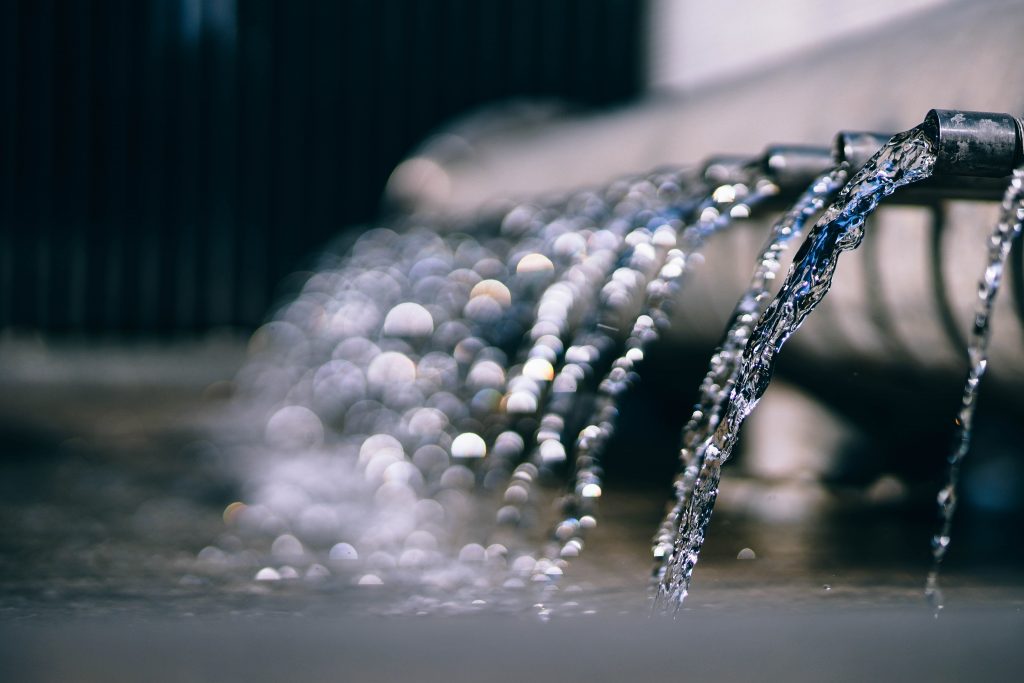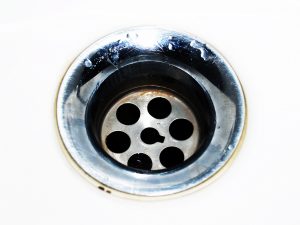
Many common leaks in your household will be major ones – the kinds that have you calling a plumber as soon as possible! Others, like we’ve talked about before, are slow and steady, and they lead to water damage that creeps up on you. This week, we’re talking about the in-between: the minor leaks that you’ve probably noticed but haven’t given too much thought to. These three minor leaks can lead to big problems in the future! Let’s look at the issues, how to find them, and what to do to prevent future issues.
1. Splash Leaks

The most common type of bathroom leak is the “splash leak.” Splash leaks occur when the shower curtain or shower door is letting water past the tub or shower and onto the floor during bath time. Splash leaks may be common, but they can be serious given enough time. Eventually, the water will get into the subflooring and rot the wood. If you brush off splash leaks, it can turn into an expensive flooring renovation project!
How to Spot:
Look for water pooling on the floor during and after your shower or bath. This can occur whether you’re using a bathtub or shower. Continued minor water damage will cause your tiles to loosen, your vinyl to curl, and your paint to flake. Mold can also appear on the walls or floor as well. This may not be humidity! The culprit may very well be splash leaks.
Find the Cause:
If you have a curtain and a tub, this can come from a bad shower curtain or old caulk where the flooring meets the tub. Check your caulk for gaps and cracks. You may need to replace the caulk or buy a better shower curtain. A problematic shower curtain can also be helped by buying a shower guard.
If you have a shower door, you can check the gasket and door track to see if there are gaps as well. You may also be having issues with the frame. Caulking the frame or replacing the gaskets are both easy fixes and will save you tons of time and money later on!
2. Drain Leaks
When the seal around your drain breaks, it’s no joke. This can happen in different types of tubs and showers, and when the seal breaks it lets water into the space below the tub or shower. Water damage from drain leaks will start to stain and destroy the ceiling below the bathroom and rot the floor structure as well. Sometimes rooms next to the bathroom can become victims! Since drain leaks can be hidden until you see damage, what’s the best way to discover if your drain is leaking?
How to Spot:
If you’re like most people, you probably don’t have an access panel that let’s you look at the underside of the drain. The easiest way to check the quality of the drain seal is to plug the drain, run a little water to form a puddle around the drain, mark where the water comes to, and wait. If you have an access panel, you can immediately check to see if there are drips.
Otherwise, after some time, you’ll be able to see if the water is receding or if it’s staying at the same level. If it recedes, you know that you have a drain leak – either major or minor.

Find a Solution:
The best way to fix a drain leak is to either replace the drain apparatus if you’re working with a shower drain. Or, if you’re working with a tub, you should replace the silicone sealant and rubber gasket within the drain. While you’re down there, make sure to clean the flange as well!

3. Grout Leaks
We’ve talked about grout before. Grout can have many problems, from mold formation to cracking. Did you know that there are also water damage problems that can come from old grout? When the grout starts letting water leak between it, the result is loose tiles, mold growth, and paint peeling. Grout leaks are no fun, so it’s good to spot them early and get them taken care of before real damage hits.
How to Spot:
This one is pretty easy to figure out if you have it. Since the problem comes from issues with your grout and caulk, check the tiles first for mold – then for gaps in the caulk. If you have tiles falling off or becoming loose on the wall, you’ll definitely want to fix this issue. That also goes for any parts of the wall that have mold growing in the grout.
Solving the Problem:
First, check out the tiles. If tiles are coming off, remove them and clean them. The area of the wall behind the tiles should be checked for rot and deterioration. If the wall is having issues as well, remove all the tile and replace the backing. You may want to hire a professional if the damage is that bad.
Otherwise, you should be able to replace and caulk the tiles back where they were. This is easy and will remove mold growth and make your bathroom look much cleaner!

No Comments